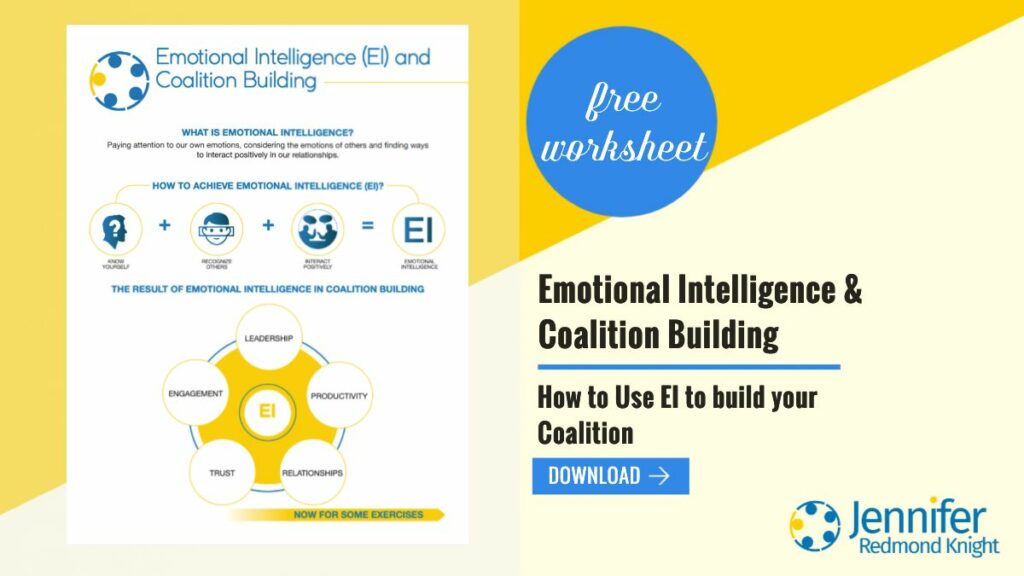Have you thought about your energy lately? Or the energy around you? Do you leave meetings feeling completely drained and exhausted or do you leave meetings energized and ready to take action? Over the past few weeks, we have been discussing emotional intelligence and recognizing more about ourselves and others. One of those areas relates to our energy and our relationship management.
A few years ago I had a conversation with a friend that continues to resonate with me. She shared that she was prioritizing her time and contribution with teams that had mostly “high-vibe” energy. She explained that people with “high-vibe” energy left her feeling refreshed and excited to take on the next project while people with “low-vibe” energy left her feeling drained and exhausted. So, what does this really mean in practice? Join me this week as I describe the difference between “low-vibe” and “high-vibe” energy and challenge you to reflect and consider your own energy and the energy of others.
High-Vibe.
When considering “high-vibe” energy, you can recognize it when a person walks into the room and adds more life and light to the atmosphere. They are genuinely happy to be in the room (physical or virtual) and they bring out the best in others. When facilitating a meeting, people demonstrating high-vibe energy are intentional about connection, engagement and enthusiasm for the group and the topic. Although they may also be expressive and exuberant, this is not necessary in order to demonstrate high-vibe energy. Expressing high-vibe energy includes promoting positive interactions, smiling, showing kindness and demonstrating genuine interest and active listening skills. When practicing high-vibe energy, challenges become opportunities and a platform for encouragement and support. People with high-vibe energy demonstrate empathy and often make other people laugh during a meeting. They see what is possible and are open to other people’s perspectives.
Low-Vibe.
You can recognize “low-vibe” energy by observing the interactions in the group. If the group is afraid to be authentic or vulnerable for fear of criticism or judgment, there is likely low-vibe energy in the room. Those demonstrating low-vibe energy see the problem with every idea and are quick to dismiss the recommendations of others without seeking to understand their perspective. Those with low-vibe energy have facial expressions that show disinterest, condescension, frustration or apathy. When facilitating a meeting, people demonstrating low-vibe energy are often focused on moving through the agenda without considering the level of participation or engagement. During conversations, they tend to be discouraging and pessimistic. Although people demonstrating low-vibe energy often have legitimate concerns, the delivery is often so negative that no one really wants to listen to what they are suggesting.
Reflection.
As you read through these descriptions, are you demonstrating mostly high-vibe or low-vibe energy? Are your coalition, workgroup or team meetings demonstrating high-vibe or low-vibe energy? In our coalition work, we are constantly trying to bring people together to do more together than we can on our own. If we are modeling high-vibe energy and setting that expectation for our groups, we will be more successful in engaging our partners in working together. I encourage you to take some time this week for honest reflection about your own energy and the energy of the groups you are leading.
Action.
Once you have reflected, then it’s time to take action. If you think you are demonstrating low-vibe energy, find a high-vibe energy friend or mentor and ask them for insight and feedback on how they exhibit positive energy when leading teams. If you are already demonstrating mostly high-vibe energy, consider how you can use this positive energy to more effectively engage your group toward common goals. How can you facilitate conversations in a way to foster high-vibe energy and productivity? What do you need to do to redirect meetings that have a tendency to become draining and exhausting into meetings that can be positive and productive? You may also want to reconsider where and how you are spending your time. If you have groups that have consistent low-vibe energy, you may need to recruit new leadership or choose to no longer participate in groups (if you are not the leader)..
So what about you? How can you practice high-vibe energy this week? How can you help your teams and meetings demonstrate more high-vibe energy?

Photo by Zac Durant on Unsplash
